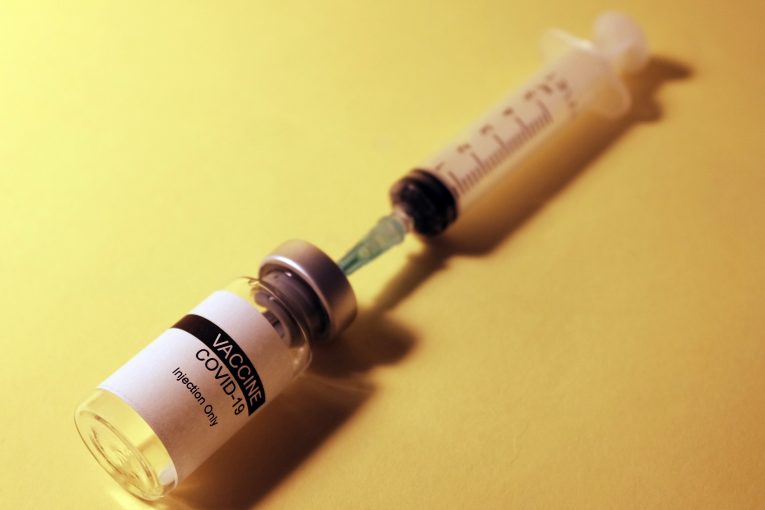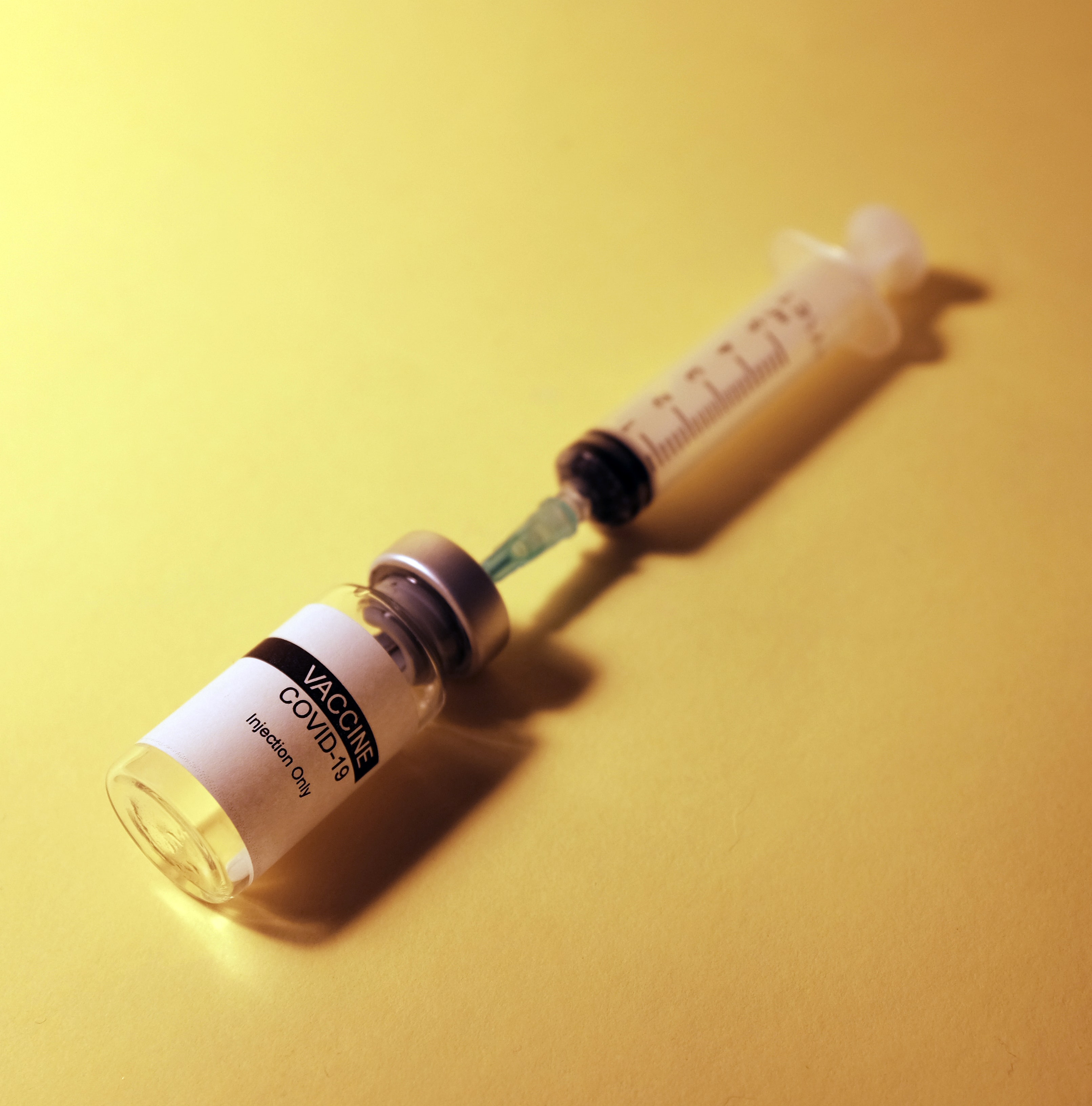

By Anisha Girotra
LOS ANGELES — On February 11, the Undergraduate Students Association Council (USAC) at UCLA hosted a virtual panel to discuss UCLA’s vaccine rollout plan for students. The panelists were Ashe Executive Director John Bollard, UCLA Vice Chancellor Monroe Gorden, UCLA epidemiologist Dr. Peter Katona, and primary care physician Dr. Carlos Oronce.
Dr. Katona started it off by giving a brief overview of the science behind COVID-19 and the various vaccines in production. In his presentation, he explained how the COVID-19 pandemic began, including the various strains and mutations that have arisen, and talked about why people should trust the vaccines that have been produced and are currently in progress.
Dr. Katona argued that the vaccine development process has had a lot of oversight within the industry from FDA, state, national, and CDC safety review committees before being granted emergency use authorization. Furthermore, he claimed that because many people are hesitant to take the vaccine and distribution logistics need to be examined, “getting the vaccine out is a bigger problem than approval.”
Dr. Katona explained how the 95% vaccine efficacy means that “you have 20 times less chance of getting infected if you are exposed” and “you should not be concerned about the mutations that are constantly happening as their effects are mostly inconsequential.”

He concluded his presentation by talking about the long-term effects of receiving the vaccine, stating that ultimately, the disease would be eradicated due to herd immunity or it would shift into a “controlled low-level infection, conversion to flu-like endemic disease, and a new post-vaccine normal with more and more global outbreaks, vaccines improving, more AI and biotechnology, and misinformation.”
In response to an audience question regarding the “new” technology of the vaccines, Dr. Katona expressed, “It is a new technology only for vaccines. This technology has been used in other places, like cancer drugs for example, and the actual knowledge of the technology goes back 20 or 30 years.” Adding on to his point, Dr. Carlos Oronce emphasized that the concept behind the COVID-19 vaccine is the same as vaccines in the past.
Ashe Executor Director John Bollard discussed how UCLA plans to administer vaccines to the student body. He began by stating that UCLA is currently in Phase 1A, as mandated by the California state government, vaccinating healthcare workers and people in long-term care facilities.
He continued that the UCLA Health Center on campus has begun vaccinating those in Phase 1B, including individuals 65 and older and sector populations in education and childcare, emergency services, and food and agriculture, as supplies have allowed.
Within Phase 1B, regarding the education sector, Director Bollard described UCLA’s current plan for vaccinating employees, including student employees who are working on-campus, prioritizing them into four groups based on the level of contact their department has with other employees, the public, and the density of their work environment.
He stated that all student employees have or will soon, be notified of their group status. He also clarified that this prioritization for student employees is defined as students who have a work contract with the university and does not include undergraduates who are working in research labs as they would fall under the general student population.
Director Bollard discussed how vaccines will be distributed to the larger population of UCLA students in Phase 1C. Currently, he stated that the only prioritization within this group are “people with comorbidities, or health conditions, who if they got sick with COVID-19 would have potentially a worse outcome.”
Other elements considered in terms of prioritization are students who live in university-owned housing and those who live in congregant settings, such as fraternities and sororities. However, he clarified, in response to an audience question, that no decisions have been made yet in terms of such prioritization, and he hopes that there will be enough vaccines when Phase 1C begins so that all undergraduate students who are able to come to UCLA’s campus can be vaccinated by the Ashe Medical Center.
While he asserted that the Ashe Medical Center is prepared to vaccinate students as soon as possible and the vaccine will be free to all UCLA students as well as recent alumni, he also suggested, “If you can get vaccinated sooner than when UCLA does it, you should take advantage of that.”
Director Bollard mentioned that there are still many unknown aspects of this vaccine rollout plan, such as when Phase 1B will be completed, Phase 1C can begin, and when there will be a sufficient number of vaccines to begin student vaccinations.
UCLA’s administration is also unsure of whether the vaccine will be required for all students, if vaccinations from other countries will be accepted if the vaccine is required, and if student vaccination means that there will no longer be testing or other safety protocols in place at UCLA’s campus. Dr. Peter Katona expanded on this last concern by stating that testing and protocols of masks and social distancing will likely remain in place until CDC guidelines say otherwise.
All four panelists answered audience questions regarding racial disparities in public health during the final segment of the panel. When asked why communities of color should trust the vaccination process despite recent health disparities, Dr. Carlos Oronce stated that due to the decades of reasonable distrust in the healthcare system by people of color, “healthcare systems [and] hospital systems around the country need to work with communities in terms of vaccine rollout.” He hopes that this will be accomplished by the Biden administration who has promised 100 million doses of the COVID-19 vaccine to community health centers.
Director John Bollard discussed the social vulnerability index that comes from the CDC as a way to prioritize people “who come perhaps from zip codes with a history of poor access to healthcare.” He expressed that this index would be used in UCLA’s vaccine rollout if necessary if there is a very slow rollout and additional prioritization needs to occur amongst UCLA students.
Vice Chancellor Gorden, when describing UCLA’s role and responsibility in addressing the current misconceptions about the vaccine and the mistrust between communities of color and the healthcare system, asserted that UCLA has to ensure great transparency in the vaccine rollout and distribution process not only for UCLA students, faculty, and staff but also California as a whole due to UCLA’s position as a public institution.
Other questions regarding the plan for the 2021 Fall Quarter and graduation were also addressed by Vice Chancellor Gorden. He stated that most likely, Fall Quarter will be a hybrid learning environment with remaining opportunities for remote learning.
In regards to graduation plans, Vice Chancellor Gorden hopes to have some form of in-person graduation if possible. However, if in-person graduation for the Class of 2021 is not possible, UCLA is prepared to have a virtual graduation ceremony as they did for the Class of 2020.
Anisha Girotra is a writer for the LA Vanguard’s social justice desk. She is a biochemistry major at UCLA, originally from Scottsdale, AZ.
To sign up for our new newsletter – Everyday Injustice – https://tinyurl.com/yyultcf9
Support our work – to become a sustaining at $5 – $10- $25 per month hit the link:




